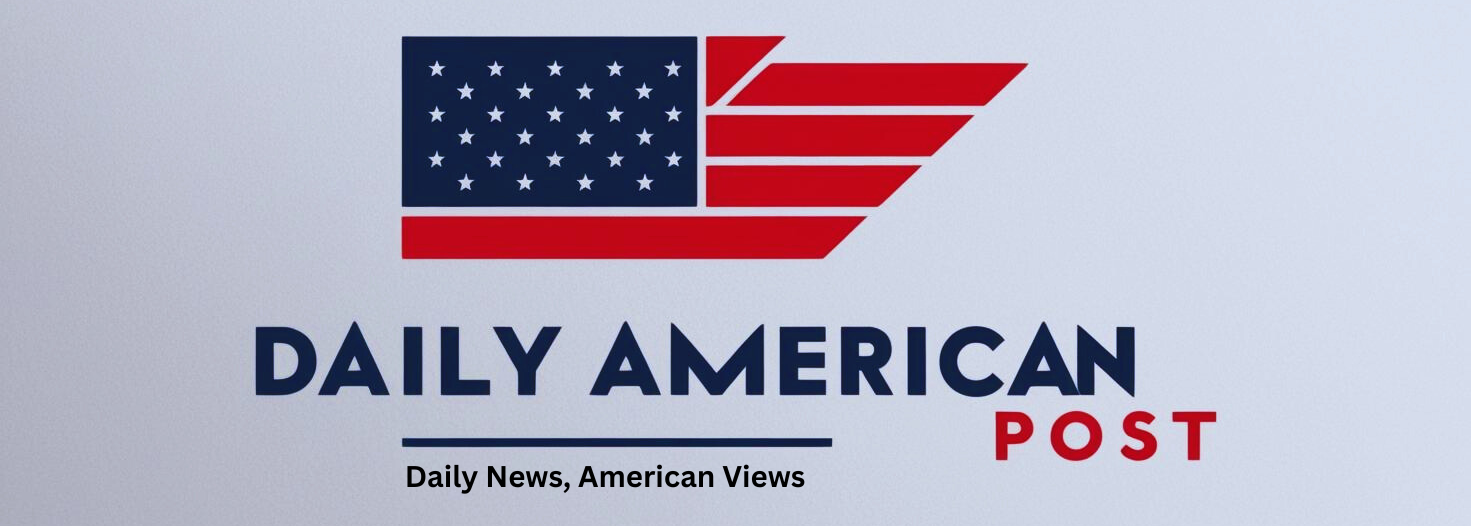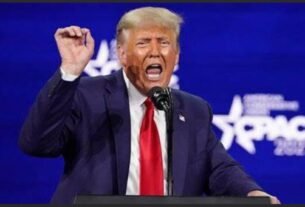Washington, D.C. – In a bold move, President Donald Trump signed an executive order on Monday temporarily freezing all U.S. foreign aid programs for 90 days. The decision is part of a comprehensive review to ensure that foreign aid aligns with Trump’s administration’s policy priorities and goals.
Read also : Trump Unveils ‘External Revenue Service’ to Boost U.S. Tariff Income

What Does This Mean for U.S. Foreign Aid?
The immediate impact of the order remains unclear, as many aid programs have already been funded or allocated by Congress. However, this action signals a potential shift in how the U.S. approaches global assistance.
Trump’s executive order claimed that the current “foreign aid industry and bureaucracy” often contradicts American interests and values. He argued that some programs “disturb global peace by promoting ideas that conflict with stable, friendly international relations.”
To address this, Trump stated, “No additional U.S. foreign aid shall be allocated unless it fully aligns with the foreign policy goals of the President of the United States.”
Key Priorities: Safety, Strength, and Prosperity
Secretary of State Marco Rubio echoed these sentiments during his confirmation hearing, outlining three critical questions for evaluating U.S. foreign aid:
Does it improve America’s safety?
Does it strengthen America’s global position?
Does it enhance American prosperity?
Rubio, alongside the Office of Management and Budget, will oversee the review process to determine which programs align with these objectives.

Which Programs Could Be Affected?
The State Department and U.S. Agency for International Development (USAID) are the primary agencies managing foreign assistance. Historically, U.S. foreign aid comprises around 1% of the federal budget. Yet, Trump has consistently criticized this spending, particularly aid to countries like Ukraine, which has received billions in military support to counter Russian aggression.
The latest report from the Biden administration, released in December, revealed that $68 billion was allocated for foreign programs, including disaster relief, health initiatives, and democracy support in 204 countries.
Will Major Aid Recipients Be Impacted?
Long-standing agreements with key allies, such as Israel ($3.3 billion annually), Egypt ($1.5 billion annually), and Jordan ($1.7 billion annually), are unlikely to see significant cuts. These commitments are often tied to decades-old treaties and agreements.
However, funding for U.N. programs, including peacekeeping and refugee support, may face reductions. Historically, Republican administrations, including Trump’s first term, targeted these areas for cuts. Notable actions included halting payments to the U.N. Population Fund, cutting aid to the Palestinian Authority, and withdrawing from the U.N. Human Rights Council.

What’s Next for U.S. Foreign Aid?
Trump’s 90-day freeze aims to reshape the U.S. foreign aid landscape, prioritizing programs that directly benefit American interests. The move underscores his administration’s focus on promoting safety, economic strength, and global influence.
As the review unfolds, experts will closely watch for changes in U.S. commitments to international programs and how these shifts may impact global stability.






2 thoughts on “Trump Order- Freezes Foreign Aid”